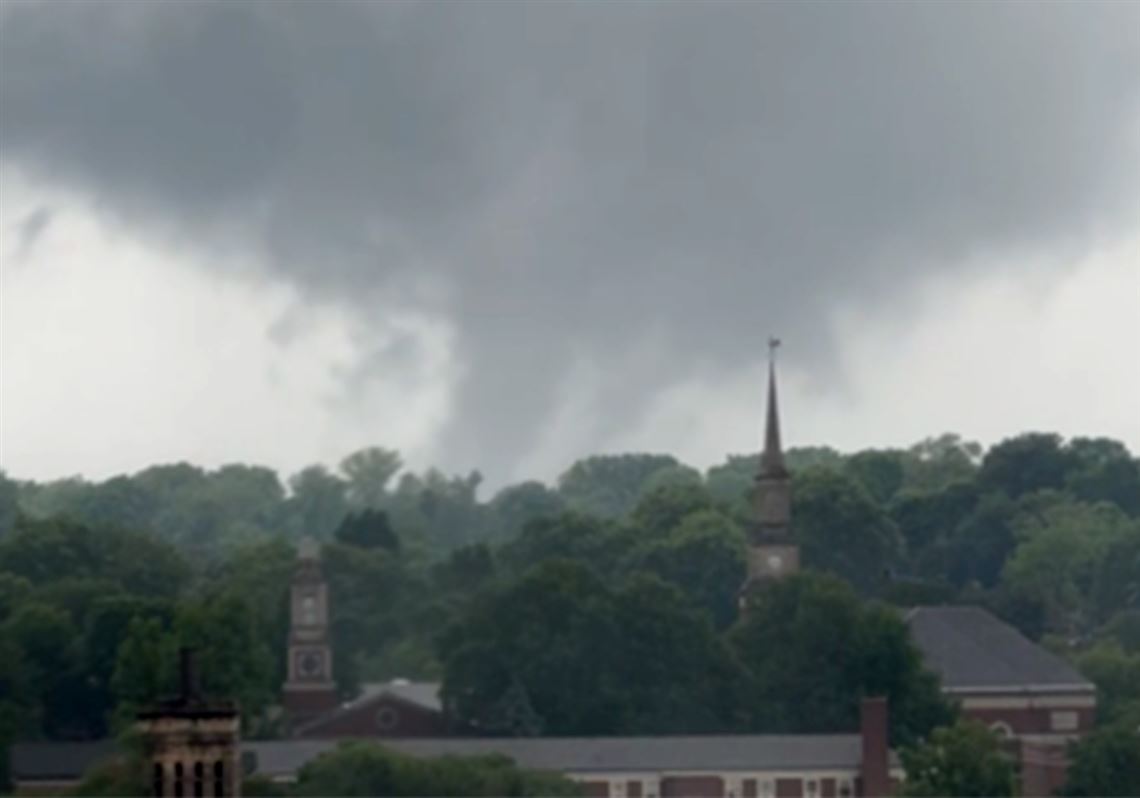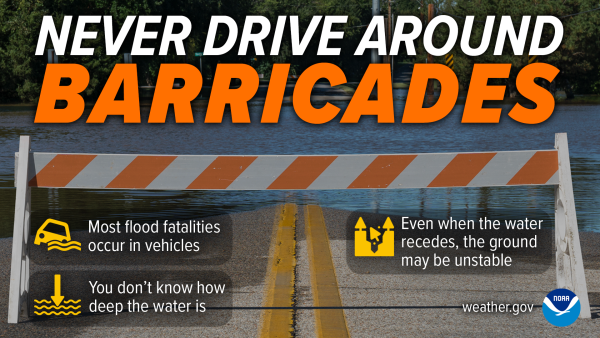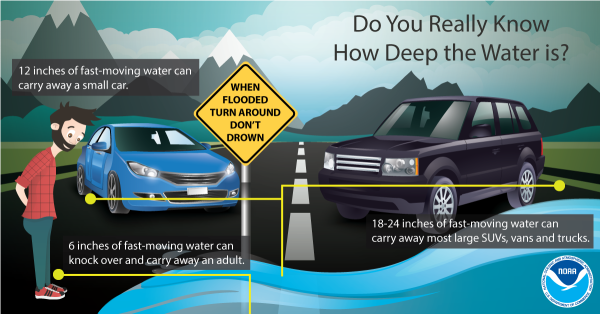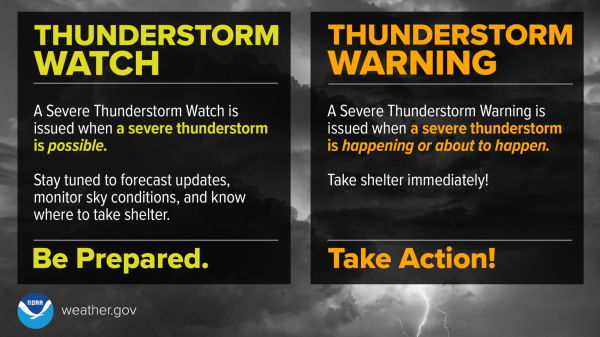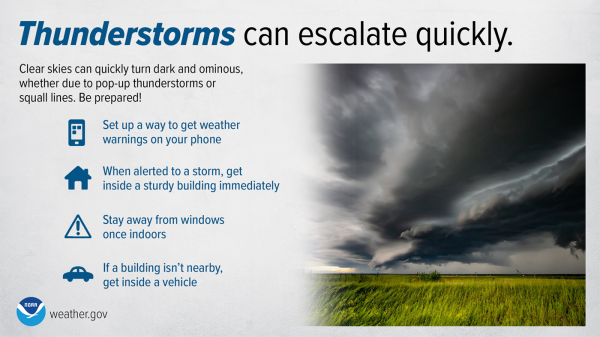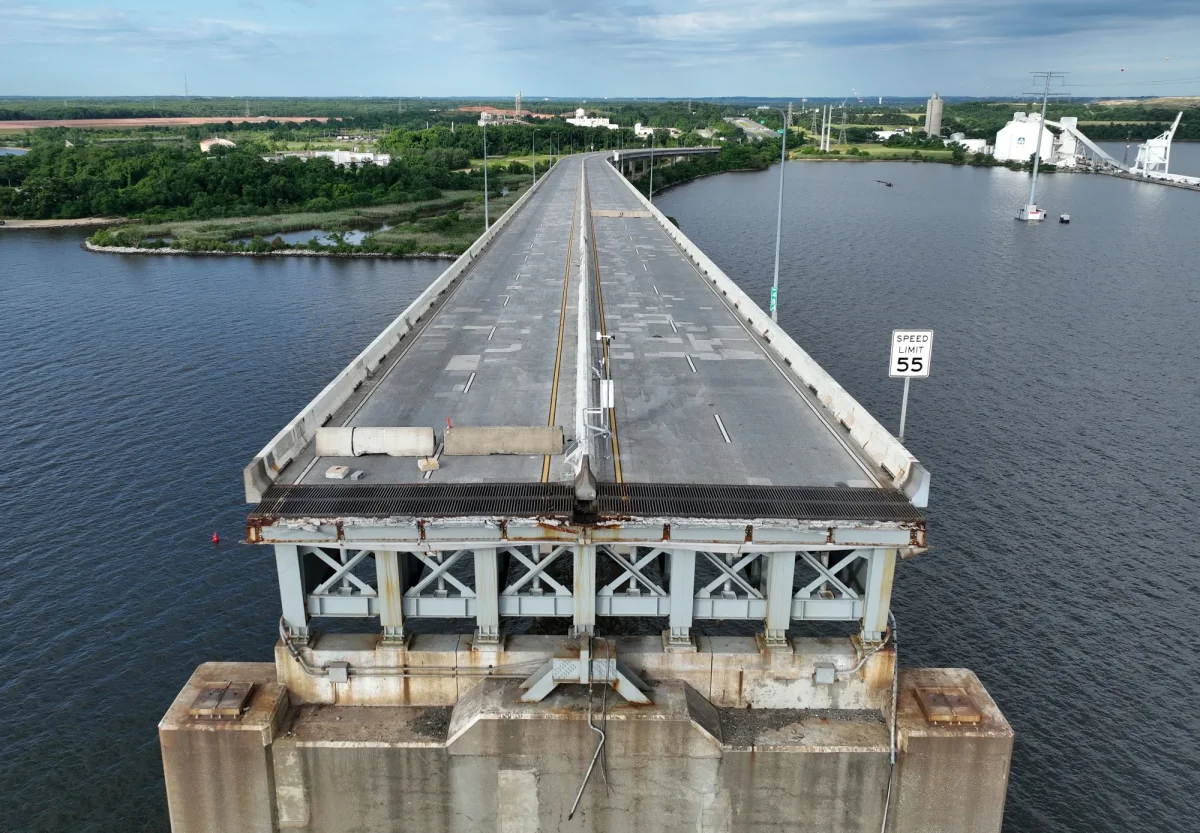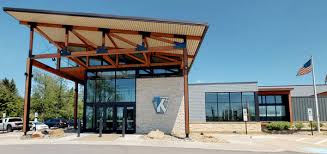As spring unfolds, it brings more than just warmer weather, it also brings in the threat of severe storms. Here are essential safety tips to help you stay protected during the unpredictable spring and summer seasons.
In western Pennsylvania, severe thunderstorms and flash floods are among the most common types of severe weather.
“The most common severe weather that we deal with here are severe thunderstorms that bring down trees and powerlines,” stated meteorologist Fred McMullen, “and then, flash flooding. Flash flooding is a number one killer in Allegheny County. It’s the number one threat that we deal with in western Pennsylvania.”
How to stay safe during flash floods
Flooding is a threat in Allegheny County especially because of the rivers. Flood safety is very important. Here are some safety tips:
- Never drive or walk through floodwaters
12-24 inches of fast moving water can carry away most vehicles while six inches of fast moving water can take down and carry away an adult human. You should never drive around a barrier as the ground can be unstable and you never know how deep the water can be. Most flood fatalities happen in vehicles.
How to stay safe during Severe thunderstorms and tornadoes
Severe thunderstorms and tornadoes can be the most destructive types of severe weather. You always want to plan ahead and make sure you practice that plan. You always want to make sure you know the difference between a watch and a warning.
When a thunderstorm watch is issued, you always want to be prepared so that means you need to monitor the sky and know your severe weather plan. A warning is when you need to take shelter immediately that means a storm is immediate.
Planning a few days out from the storm is good practice when preparing for severe weather. Keep an eye out for the weather forecast, and always make sure you have weather alerts activated.
When there’s a tornado you want to be in the lowest area of your home or a bathroom. You also need to stay away from windows and exterior rooms.
“If you’re stuck somewhere outside in a car or on an interstate don’t go under an overpass. You wanna go into a ditch, you wanna get as low as you can to the ground and cover your head,” said McMullen
Underpasses aren’t safe because when tornadoes are on the ground debris flies around and that’s how injuries and fatalities happen.
You always want to be vigilant when it comes to these storms because they can escalate quickly.
Being Storm Ready
To be prepared the national weather service has a storm ready program that aims to help communities create plans to deal with severe weather.
According to the National Weather Service website, it stated, “StormReady uses a grassroots approach to help communities develop plans to handle all types of extreme weather from tornadoes to winter storms. The program encourages communities to take a new, proactive approach to improving local hazardous weather operations by providing emergency managers with clear-cut guidelines on how to improve their hazardous weather operations.”
There are a few guidelines that must be followed in order to be StormReady and they are listed below:
- Establish a 24-hour warning point and emergency operations center
- Have more than one way to receive severe weather warnings and forecasts and to alert the public
- Create a system that monitors weather conditions locally
- Promote the importance of public readiness through community seminars
- Develop a formal hazardous weather plan, which includes training severe weather spotters and holding emergency exercises.
Many Universities and communities in the Pittsburgh area are Storm ready while Robert Morris University is not among the five universities storm ready in the western Pa. region.



